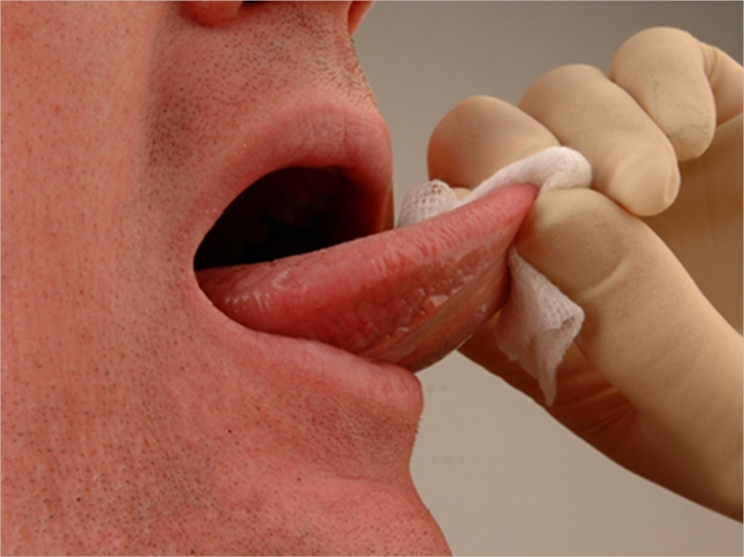
The rate of sexually transmitted virus-related mouth and throat cancer is rising 2.5% per year in the United States, even though the overall incidence of head and neck cancer is decreasing, reports the Icahn School of Medicine at Mount Sinai in New York City.
A review of more than 149,000 cases of head and neck cancer from 2002 to 2012 in the Surveillance, Epidemiology and End Results (SEER) database revealed significant increases in cancers related to the human papillomavirus (HPV) in every state except for Georgia, Hawaii, and Michigan.
The researchers suggest that the recent increase in HPV-related cancer is attributable to increased rates of oral HPV exposure due to growing prevalence of high-risk sexual behavior including younger ages of sexual debut, premarital sex, average number of lifetime partners, and oral sex among recent birth cohorts in the United States.
Cases of HPV-related oropharyngeal cancer in men increased 2.89% each year, a trend the researchers expect to continue. Men with HPV-related oropharyngeal cancers outnumber women with the cancers by a four-to-one ratio. More men may have the disease due to differences in sexual practices and large discrepancies in vaccination, the researchers said.
Patients with HPV-related cancer typically are younger by three to five years, have a higher education level and more sexual partners, are white, and are less likely to have used tobacco and alcohol extensively compared to patients with head and neck squamous cell carcinomas unrelated to HPV, the study found.
However, the rate of head and neck cancer decreased 0.22% each year, and the rate of laryngeal cancer declined 1.9% annually. The researchers attribute these decreases to decreased rates of smoking among younger populations as well as evolving tobacco-related legislation and marketing.
The study, “Epidemiological Trends of Head and Neck Cancer in the United States: A SEER Population Study,” was published by the Journal of Oral and Maxillofacial Surgery.
Related Articles
Dentists May Play a Greater Role in HPV Vaccination
HPV-Associated Oral Cancers Are on the Rise
4.0% of American Adults Carry High-Risk Oral HPV











